Environmental meetings this year have largely been postponed amid the pandemic, but a crucial one remains on the table. Twenty-five countries and the EU will meet online later this month to vote on extending protection of the Southern Ocean.
The use of resources in the region is regulated by the Commission for the Conservation of Antarctic Marine Living Resources (CCAMLR). In 2002, the commission agreed to create a network of marine protected areas (MPAs), in line with UN Sustainable Development Goal 14.6 to protect 10% of the global ocean.
CCAMLR member states took the first big step in 2009 when they agreed on an MPA to cover 94,000 km2 below the South Orkney Islands. Then, in 2016, the commission successfully negotiated the world’s largest marine park, covering 1.55 million km2 in the Ross Sea. (It’s called a marine park because unlike a permanent MPA, its status will need to be renewed after 35 years.)
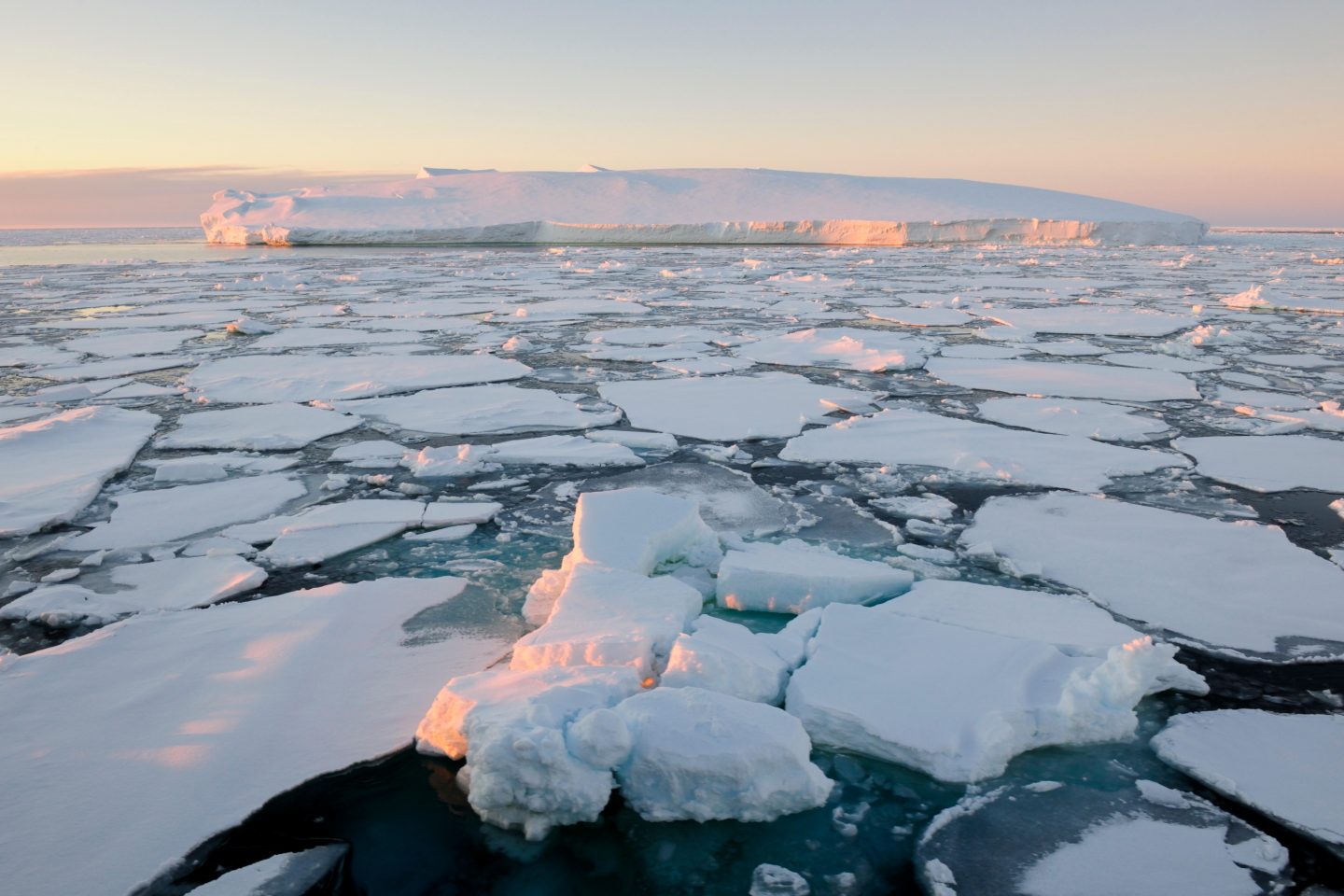
“Very few times is there an opportunity to bend history and change the trajectory. Today is an opportunity for that,” said Lewis Pugh, UN patron of the oceans. “Now is the time for Antarctica to be set aside for peace, science and for wildlife. When we go there, we go as guests.”
The proposals on the table
This year’s CCAMLR meeting will be fully online and shorter than usual (26-30 October). That means less time to negotiate and no informal spaces, such as dinners and cocktail parties, to make progress in. Still, there are hopes that new protected areas will be approved.
“It’s been difficult for countries to come to an agreement on what an online meeting actually means. They will have only a few days to negotiate instead of the usual two weeks. But the possibility of CCAMLR designating new MPAs is still there,” said Andrea Kavanagh, director of Pew’s Antarctic and Southern Ocean work.
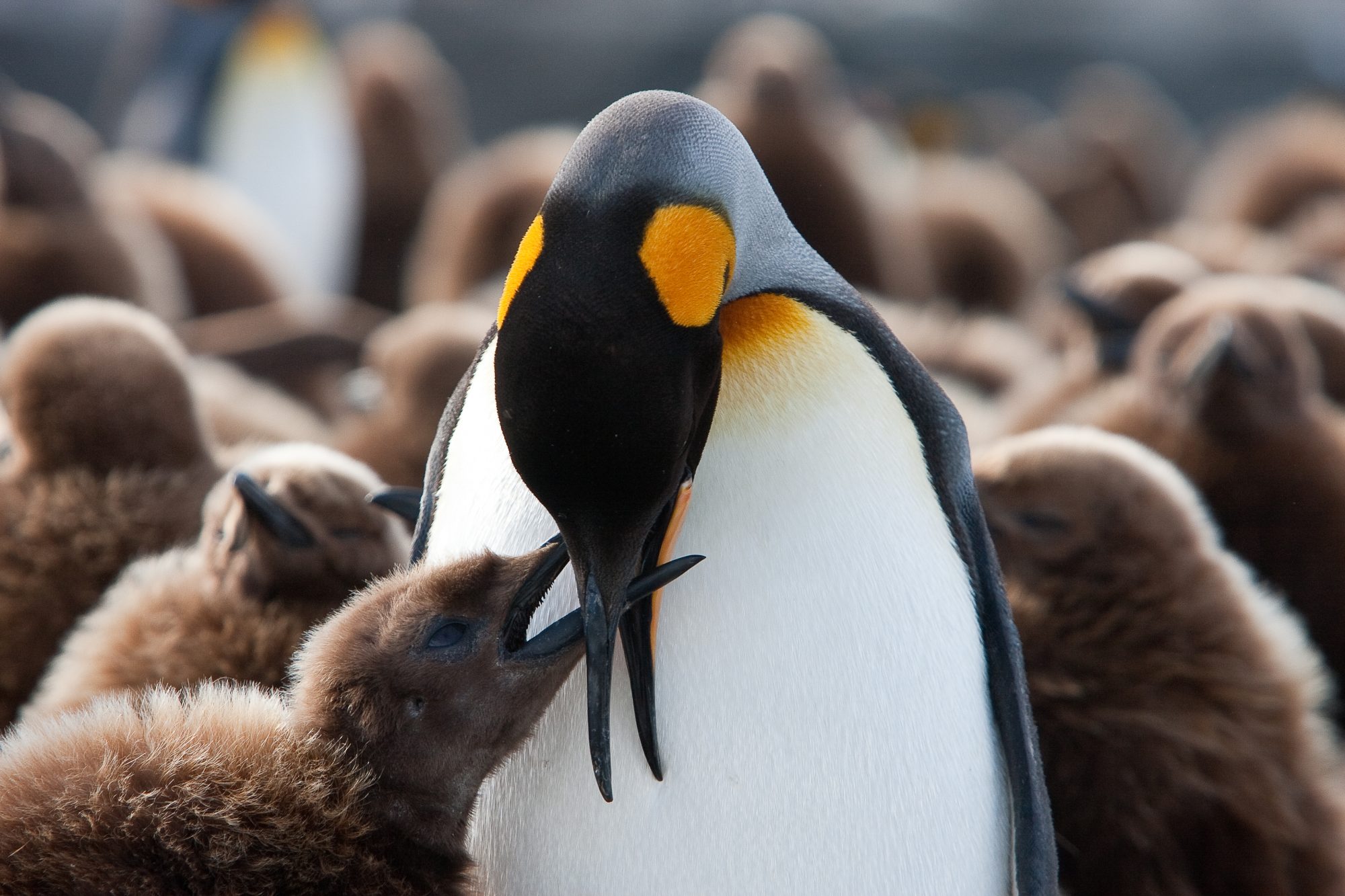
There are three MPA proposals to be discussed. The oldest one, with the best chance of moving forward, is to protect three blocks of ocean and ocean floor along East Antarctica, an area rich in cold-water corals and penguin foraging-grounds. It has been discussed for eight years in a row.
Also on the table is the creation of a 1.8 million km2 MPA in the area of the Weddell Sea, adjacent to the Antarctic peninsula, which was originally proposed by the EU and then supported by other countries. If created, it would be the largest nature reserve anywhere in the world.
Finally, there’s a proposal by Argentina and Chile to create an MPA to the west of the Antarctic peninsula. The area is particularly vulnerable to tourism impacts, fishing activity and global warming.
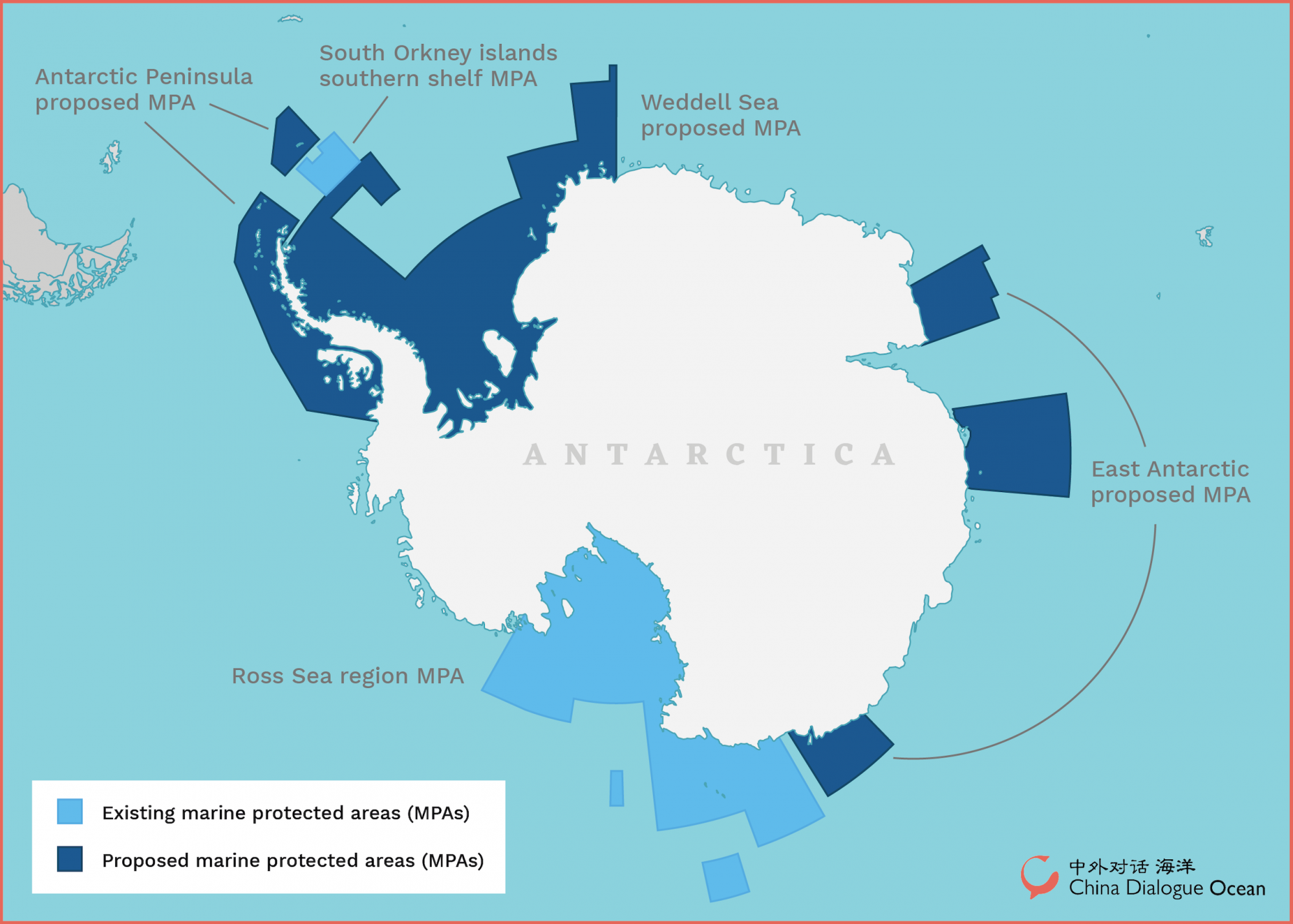
“I’ve been to all three locations. They are exceptional and some of the richest and most biodiverse places left on the planet. We have no right to push the animals living there to the verge of extinction,” said Pugh, who has swum in the icy waters of Antarctica. “They are the least touched areas in the world, but are still subject to big changes. Antarctica is everybody’s neighbour.”
Antarctica’s Southern Ocean comprises approximately 10% of the world’s ocean and is home to some of its rarest, most vulnerable and important ecosystems. Millions of penguins, seabirds, fish, seals, whales and krill, the region’s keystone species, live there and need to be further protected.
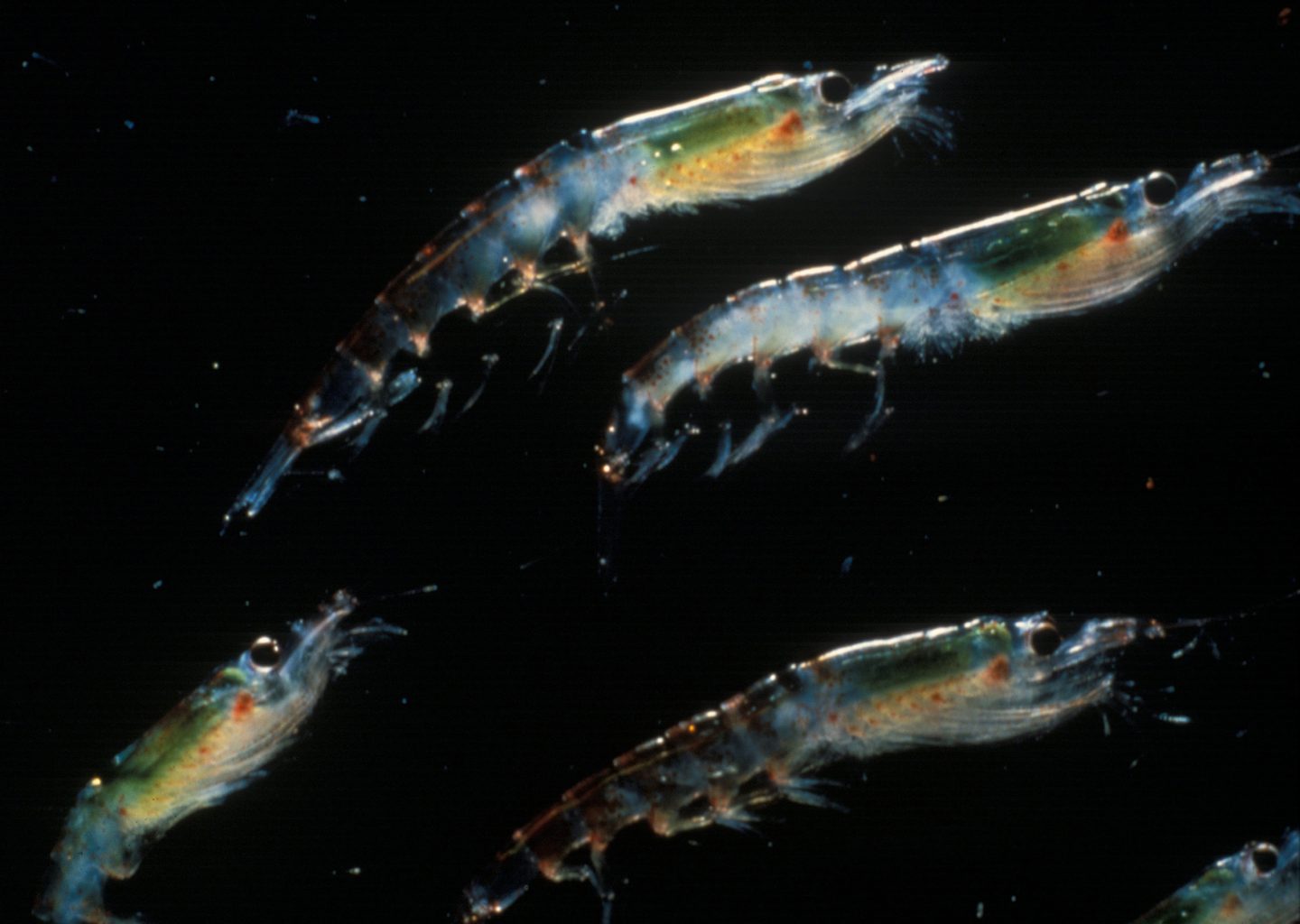
Experts agree that MPAs are the best way to do so. Not moving forward with the three proposals currently under discussion could have big consequences for Antarctica’s ecosystems. This is especially so considering the environmental protocol currently in place (known as the Antarctic Treaty) is expected to be reviewed after 2048.
A weaker treaty could allow mining and fossil fuel extraction in the area. Geologists estimate that Antarctica holds at least 36 billion barrels of oil and natural gas. Setting an unhappy precedent, the continent’s rich living resources are already under threat from industrial-scale fishing, compounding the damage being done by climate change. Antarctic krill populations in some areas have declined by 70-80% over the past 40 years.
Differing national stances
To create a new MPA, all 26 commission members – 25 countries and the European Union – must reach consensus. This has made progress especially challenging, given the differing interests of the negotiating countries. While some want no-take MPAs (where extractive industries are banned), others want to maintain their fishing rights.
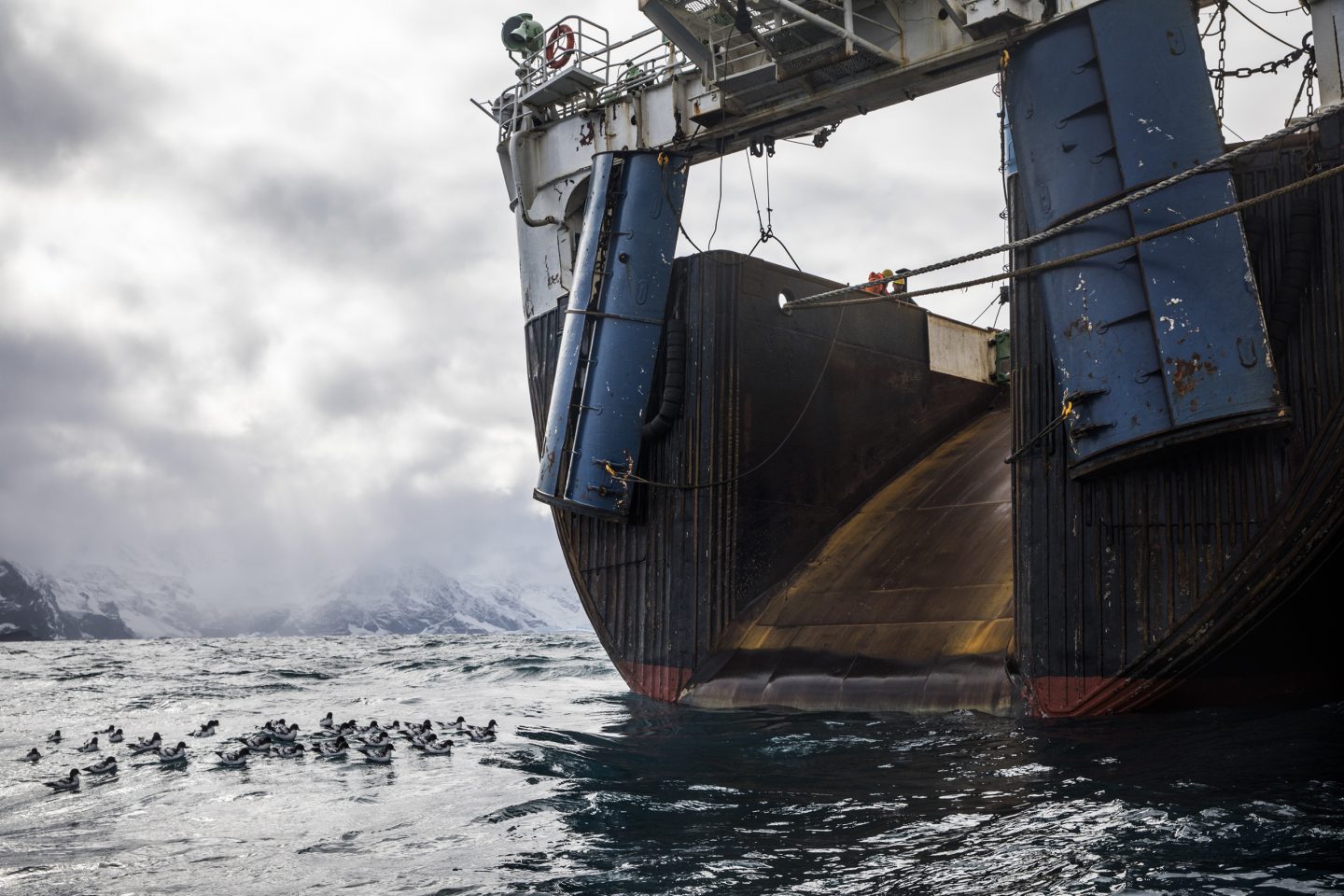
China started fishing for Antarctic krill in 2009 and has rapidly expanded its activities since then. Along with Norway and South Korea, China is one of the three biggest Antarctic krill fishing nations, with Norway leading in terms of catch and processing capacity, and China leading in number of vessels.
“China has an interest in expanding its fishery activities in the Southern Ocean and the new MPAs could make that difficult,” said Julian Chen, a senior researcher at the Chinese environmental NGO Greenovation Hub. “There are also geopolitical issues. China is very conscious regarding long-term decisions in large areas.”
Still, China has recently been changing its stance regarding MPAs, according to Nengye Liu, associate professor at Australia’s Macquarie Law School, moving from an opposition narrative to a more “proactive” one. “They now argue we need to know more about the protected areas before taking the next step. They want a research and monitoring plan,” he said.
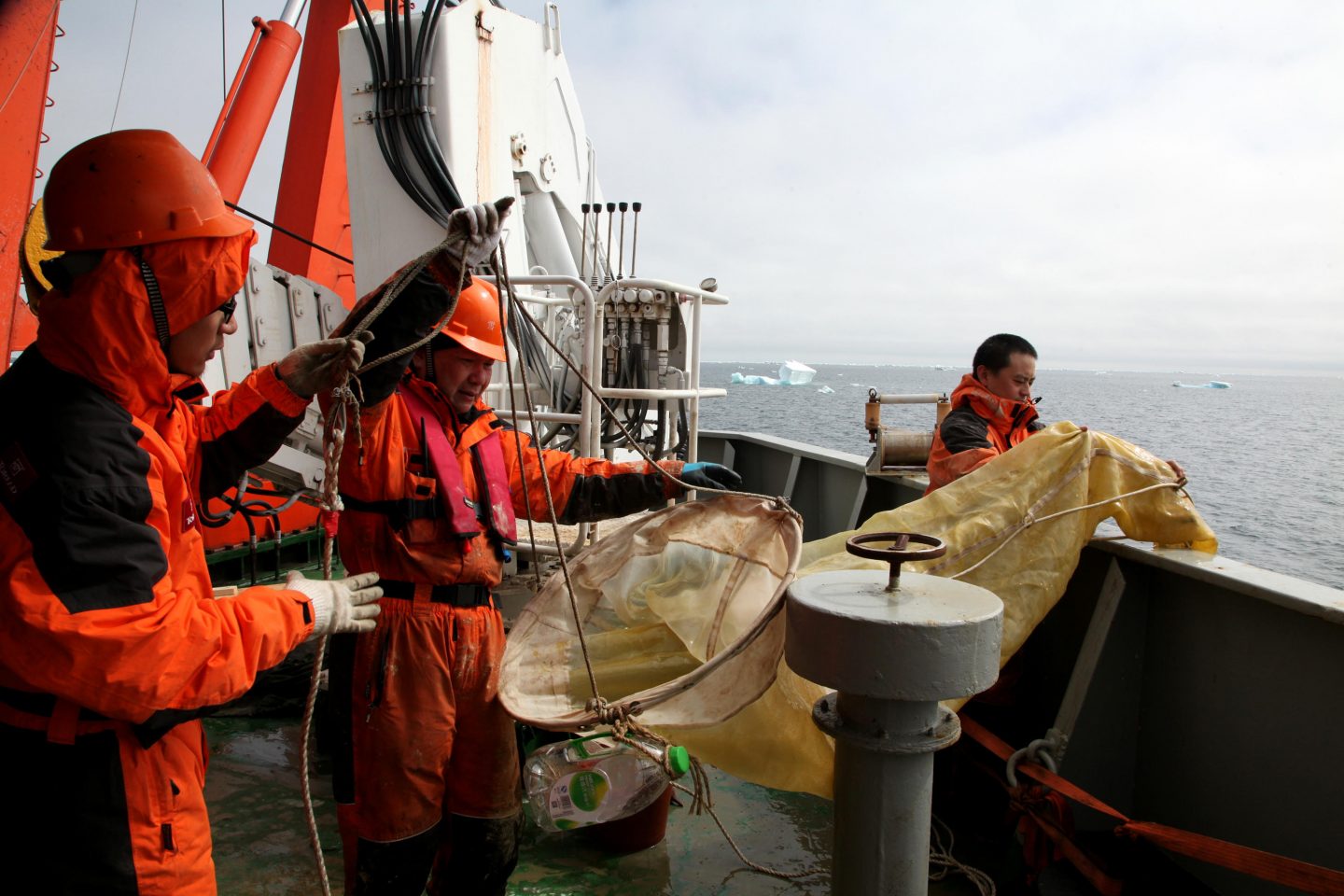
Creating a network of marine reserves in Antarctica offers the opportunity to conserve and study largely untouched natural areas, experts agree. Although they do little to reduce the effects of climate change, MPAs can help ensure other activities don’t exacerbate the impacts.
Protection efforts go beyond the Antarctic, with civil society organisations and experts calling for 30% of the global ocean to be protected by 2030 – an objective they consider crucial to safeguarding biodiversity. Currently, only a little over 7.5% of the ocean is protected by MPAs.
“We have a responsibility to act. Whether a country is a member of CCAMLR or not, every nation is an Antarctic nation. What happens there in preserving biodiversity and the climate system affects us all in a positive or negative direction,” said Jose Maria Figueres, former president of Costa Rica and founder of the Oceans Unite Initiative.
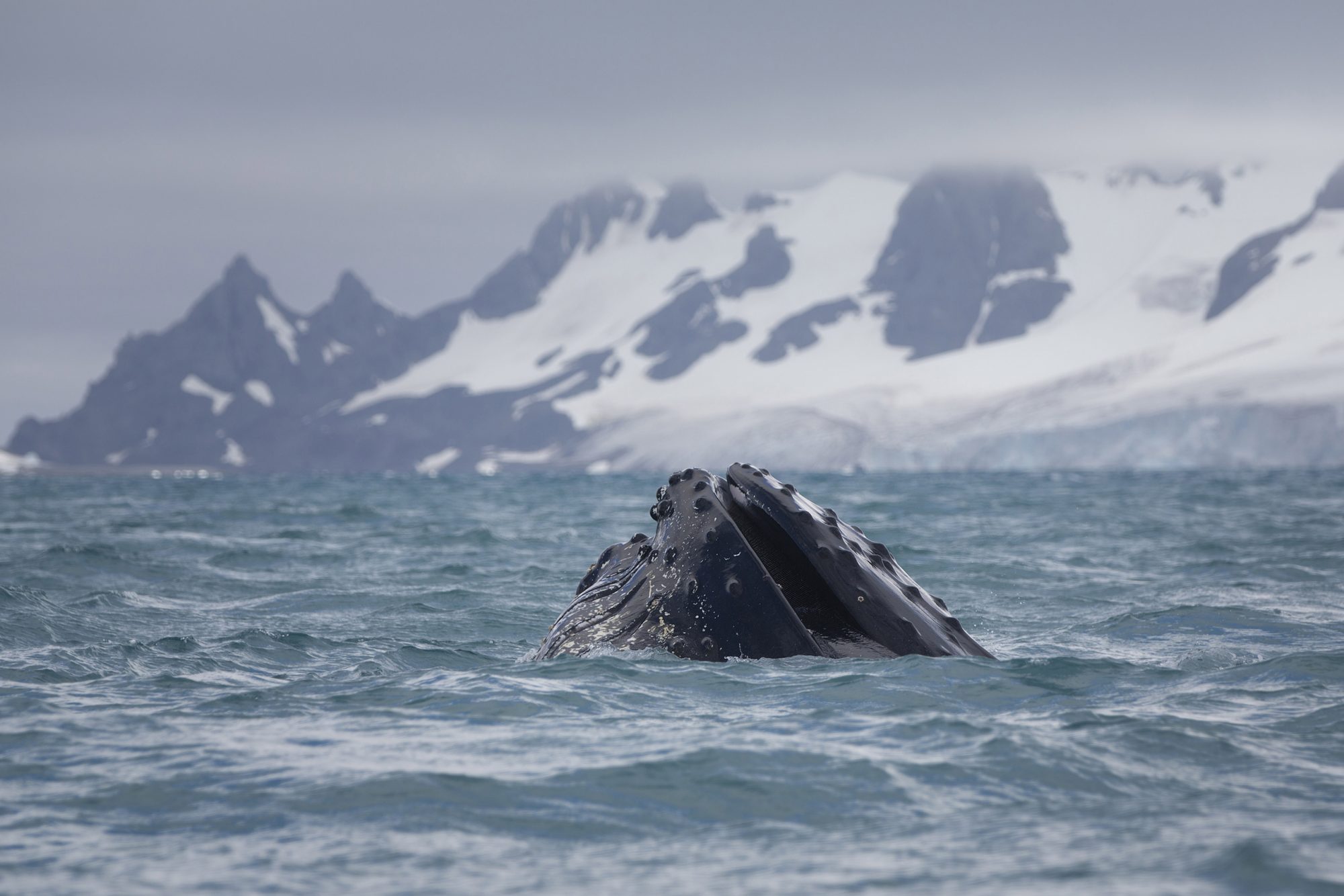

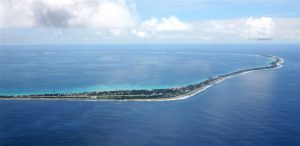
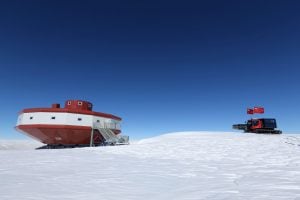
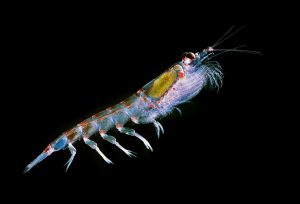
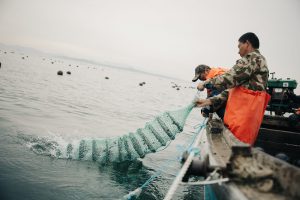



![Indu Devi, 35, of Chapar village of Moinuddinagar block in Samastipur district of Bihar. She is suffering from lesions on her hands and feet but she never bothered to find out how they appeared. She said these don't itch, so she didn't think they need to be treated [image by: Umesh Kumar Ray]](https://dialogue.earth/content/uploads/2020/10/Indu-Devi-35-of-Chapar-village-of-Moinuddinagar-block-in-Samastipur-district-of-Bihar.-Credits-Umesh-Kumar-Ray-300x225.jpg)